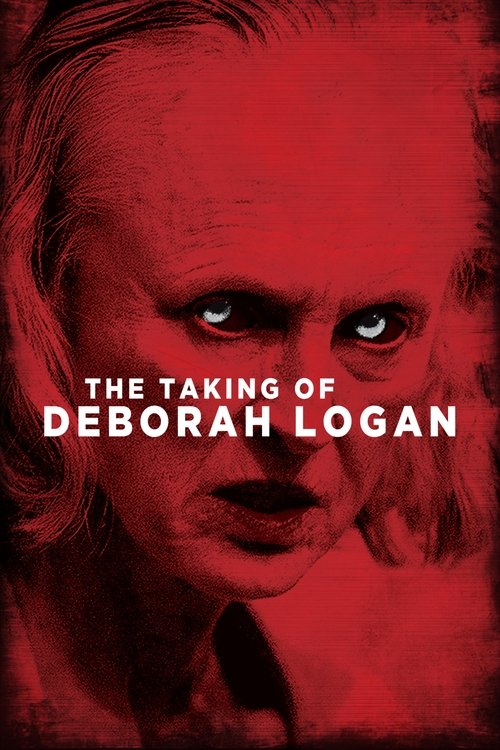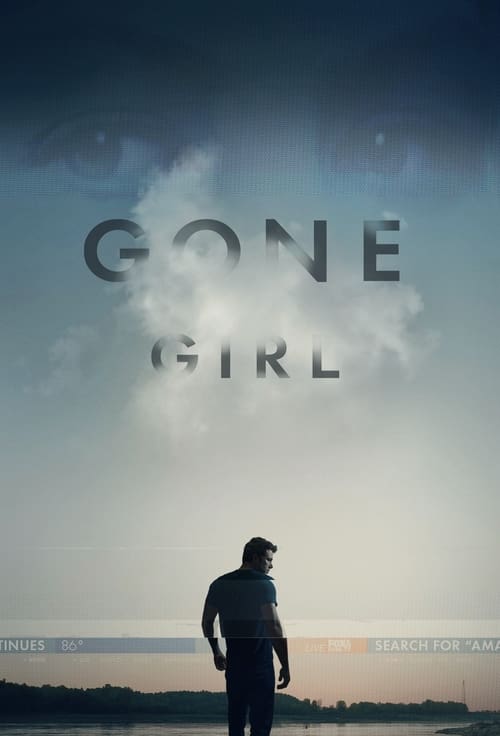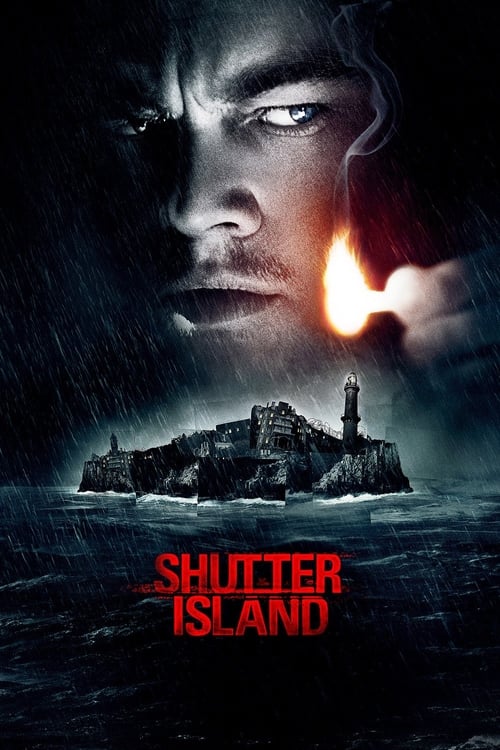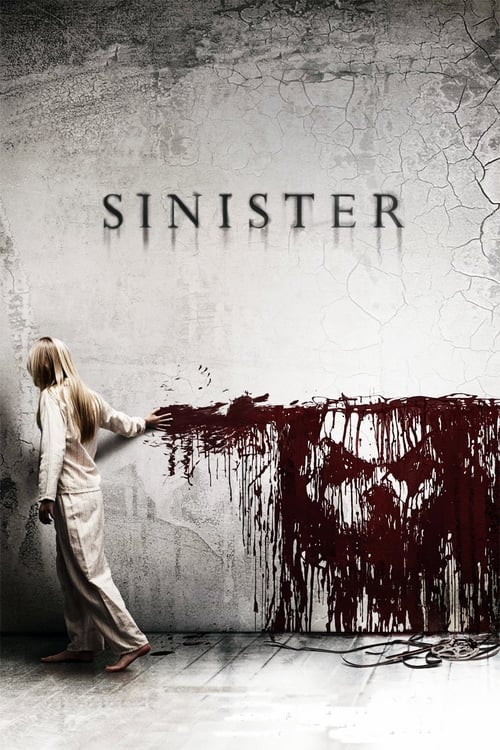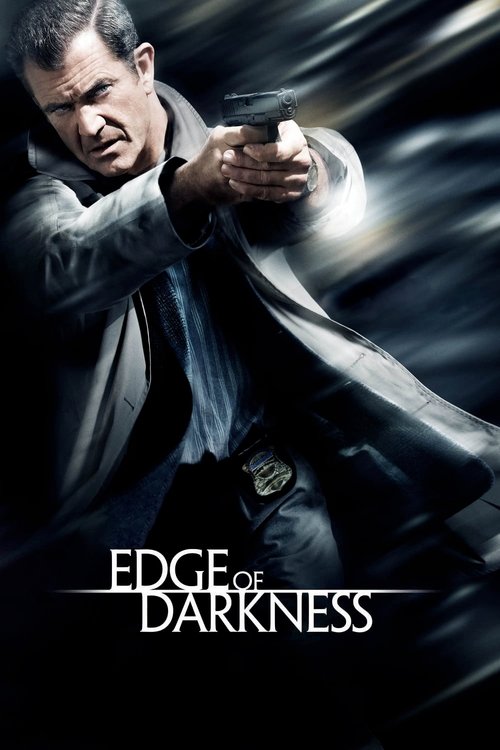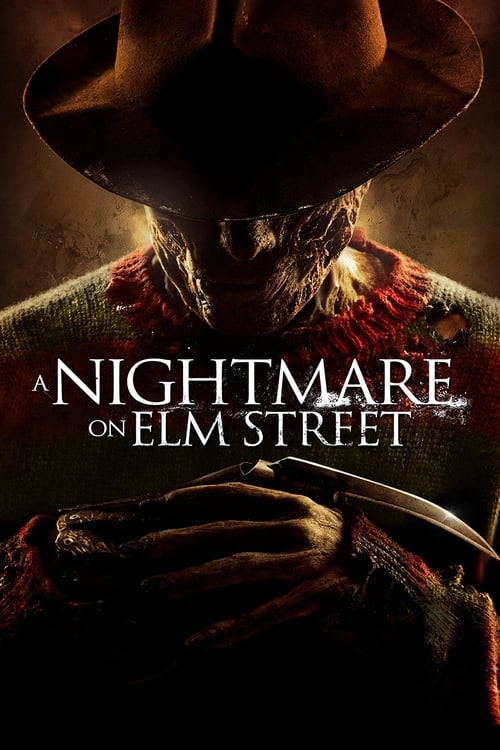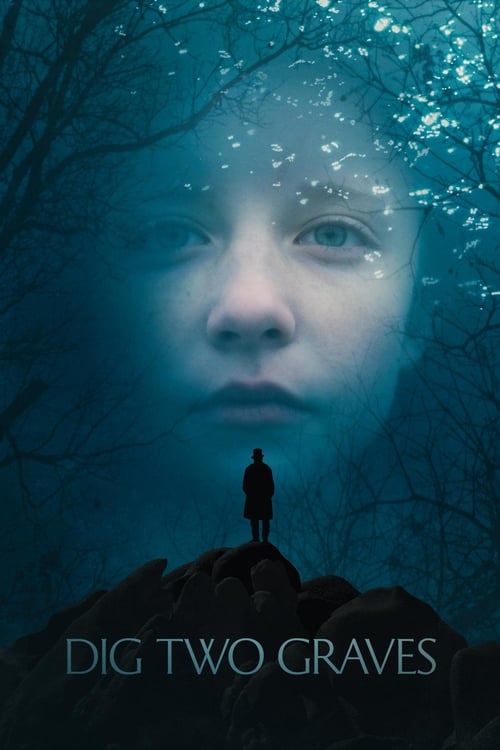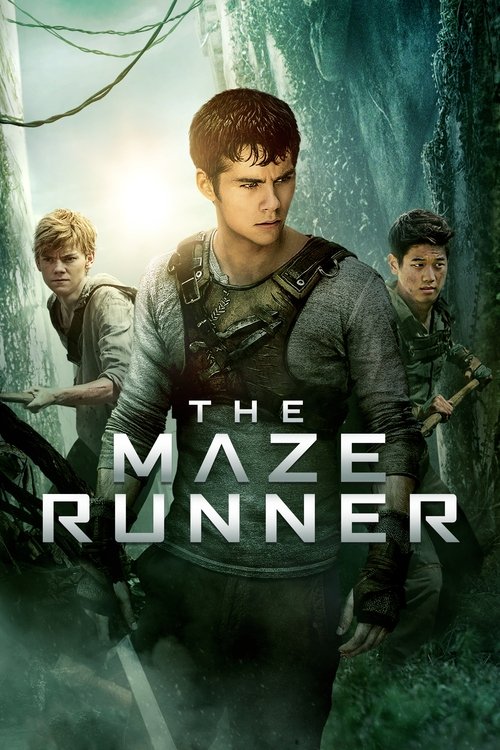
Ask Your Own Question
What is the plot?
What is the ending?
In the ending of "The Taking of Deborah Logan," the film culminates in a terrifying confrontation between the characters and the malevolent force that has taken hold of Deborah. As the situation escalates, the true horror of Deborah's condition is revealed, leading to tragic outcomes for the main characters involved.
As the film progresses towards its climax, the documentary crew, consisting of Mia, Gavin, and their team, becomes increasingly aware of the supernatural elements at play. They witness Deborah's violent outbursts and disturbing behavior, which seem to be linked to a dark entity. The crew's initial intent to document Alzheimer's disease transforms into a desperate fight for survival as they realize that Deborah is not just suffering from a medical condition but is possessed by something far more sinister.
In the final scenes, the crew attempts to confront the entity that has taken control of Deborah. Mia, who has been the most invested in understanding Deborah's plight, finds herself in a harrowing situation. As the entity manifests, it reveals its power, leading to a series of horrifying events. Gavin, who has been supportive throughout the ordeal, faces the entity's wrath, resulting in his tragic demise.
Mia, in a desperate attempt to save Deborah, confronts the entity directly. However, the confrontation leads to a devastating outcome. Deborah, now fully under the entity's control, turns on Mia, showcasing the complete transformation from a loving mother to a vessel of darkness. The film ends with a chilling sense of loss and despair, as Mia is left to grapple with the consequences of their investigation and the fate of Deborah, who is lost to the malevolent force.
In a more detailed narrative of the ending:
As the sun sets, casting an eerie glow over the old house, Mia and her crew are frantically trying to piece together the events that have unfolded. They have witnessed Deborah's transformation from a sweet, albeit forgetful, elderly woman into a violent and unpredictable force. The atmosphere is thick with tension as they gather in the living room, the air heavy with the weight of their discoveries.
Mia, driven by a mix of compassion and fear, decides to confront Deborah, hoping to reach the woman she once knew. She approaches Deborah, who is sitting in a darkened corner, her eyes glazed and unrecognizable. The room is filled with the sound of heavy breathing, and the shadows seem to dance around them. Mia speaks softly, trying to coax Deborah back to reality, but the response is chilling. Deborah's voice is distorted, filled with malice as she taunts Mia, revealing the entity's control over her.
Gavin, who has been documenting the events, suddenly feels a shift in the atmosphere. He rushes to Mia's side, urging her to step back. But it is too late. The entity, now fully unleashed, manifests in a terrifying display of power. Deborah lunges at Gavin, her movements swift and unnatural. The crew watches in horror as Gavin is thrown across the room, crashing into furniture, his body limp and lifeless.
Mia screams, her heart racing as she realizes the danger they are in. She tries to reason with Deborah, pleading for her to fight back against the entity. But Deborah's face contorts in a grotesque smile, revealing the complete takeover of her body. The entity's voice echoes through the room, mocking Mia's efforts and reveling in the chaos it has created.
In a desperate act of bravery, Mia grabs a nearby object, hoping to defend herself and save Deborah. She approaches cautiously, her heart pounding in her chest. But as she reaches out, Deborah's eyes flash with a malevolent light, and she lunges at Mia with a ferocity that is both heartbreaking and terrifying. The struggle is intense, with Mia desperately trying to reach the woman she once knew, but the entity's grip is too strong.
The scene culminates in a heart-wrenching moment as Mia realizes that Deborah is lost to her forever. In a final act of defiance, Mia attempts to break the hold of the entity, but it is futile. The last image is of Deborah, now fully transformed, standing over Mia, a chilling reminder of the horror that has unfolded. The screen fades to black, leaving the audience with a haunting sense of loss and the tragic fate of the characters involved.
In the aftermath, Mia is left to grapple with the consequences of their investigation. The film closes with a sense of unresolved terror, as the audience is left to ponder the fate of Deborah and the darkness that has consumed her. The final moments serve as a stark reminder of the fragility of the human mind and the horrors that can lurk beneath the surface, waiting to be unleashed.
Is there a post-credit scene?
The Taking of Deborah Logan does not have a post-credit scene. The film concludes with a tense and unsettling climax, focusing on the fate of Deborah and the impact of her condition on her family and caregivers. After the final credits roll, there are no additional scenes or content that follow. The film leaves viewers with a lingering sense of dread and unresolved tension, encapsulating the horror elements that permeate the story.
What is the significance of Deborah's Alzheimer's diagnosis in the film?
Deborah's Alzheimer's diagnosis serves as a critical plot device that initially frames her behavior and the family's struggles. It creates a sense of vulnerability and sets the stage for the horror elements as her condition deteriorates, leading to increasingly erratic and disturbing behavior that blurs the line between her illness and supernatural occurrences.
How does the character of Mia's motivations evolve throughout the film?
Mia, the filmmaker, starts with a professional interest in documenting Deborah's condition for her thesis. As the film progresses, her motivations shift from academic curiosity to a personal quest for truth as she witnesses the terrifying transformations in Deborah. Mia becomes increasingly invested in uncovering the dark history surrounding Deborah's family, driven by a mix of compassion and fear.
What role does the character of Sarah play in the story?
Sarah, Deborah's daughter, embodies the emotional core of the film. She grapples with the dual burden of caring for her ailing mother while confronting the unsettling changes in Deborah's behavior. Her protective instincts clash with her desperation to understand what is happening, leading to moments of deep emotional conflict as she struggles to reconcile her love for her mother with the horror unfolding before her.
What are the key supernatural elements that manifest in Deborah's behavior?
Deborah's behavior becomes increasingly erratic and violent, showcasing supernatural elements such as her sudden strength, disturbing hallucinations, and the manifestation of a malevolent presence. These elements escalate as the film progresses, revealing a connection to a dark past involving a cult and the sinister forces that seem to have taken hold of her.
How does the film depict the relationship between Deborah and her daughter Sarah?
The relationship between Deborah and Sarah is complex and fraught with tension. Initially, there is a deep bond marked by love and care, but as Deborah's condition worsens, Sarah experiences feelings of frustration, helplessness, and fear. The film captures their emotional struggles, highlighting moments of tenderness juxtaposed with the horror of losing a loved one to a debilitating illness, ultimately testing their relationship to its limits.
Is this family friendly?
The Taking of Deborah Logan is not considered family-friendly due to its intense themes and graphic content. Here are some potentially objectionable or upsetting aspects that may affect children or sensitive viewers:
-
Depiction of Dementia: The film explores the decline of Deborah's mental health, showcasing distressing moments that may be unsettling for viewers, particularly those with personal experiences related to dementia.
-
Graphic Violence: There are scenes that involve physical harm and violence, which can be disturbing and may provoke strong emotional reactions.
-
Supernatural Elements: The film includes horror elements, such as possession and unsettling supernatural occurrences, which can be frightening for younger audiences.
-
Strong Language: The dialogue contains profanity and harsh language that may not be suitable for children.
-
Emotional Distress: The characters experience significant emotional turmoil, including fear, confusion, and despair, which can be heavy and distressing for sensitive viewers.
-
Intense Psychological Themes: The film delves into themes of loss, fear of aging, and the impact of illness on family dynamics, which may resonate deeply and evoke strong feelings.
Overall, the film's mature themes and graphic content make it more appropriate for adult audiences.

